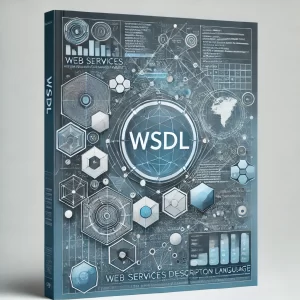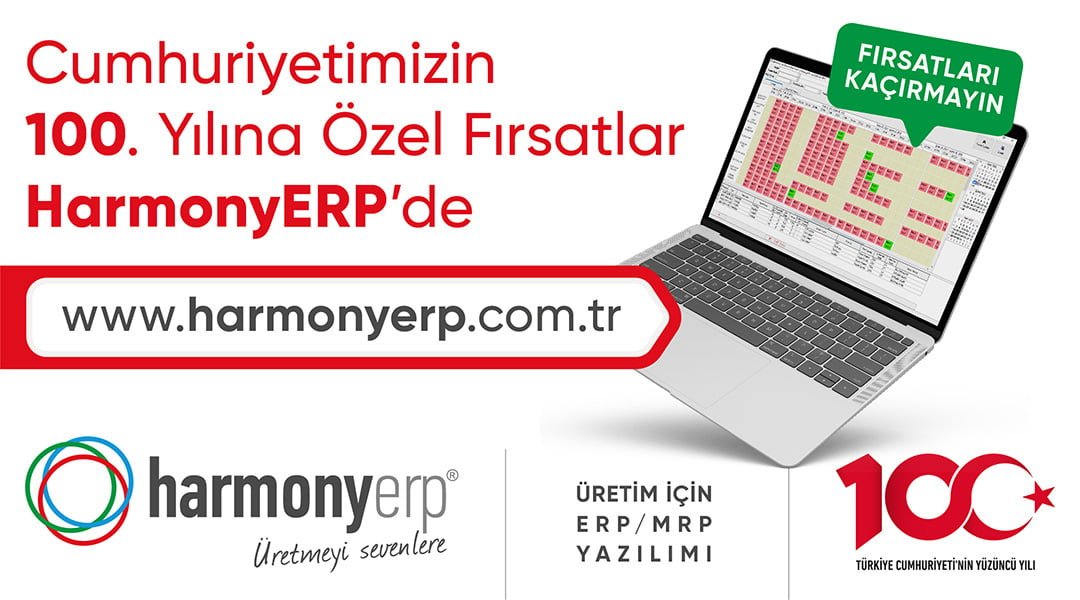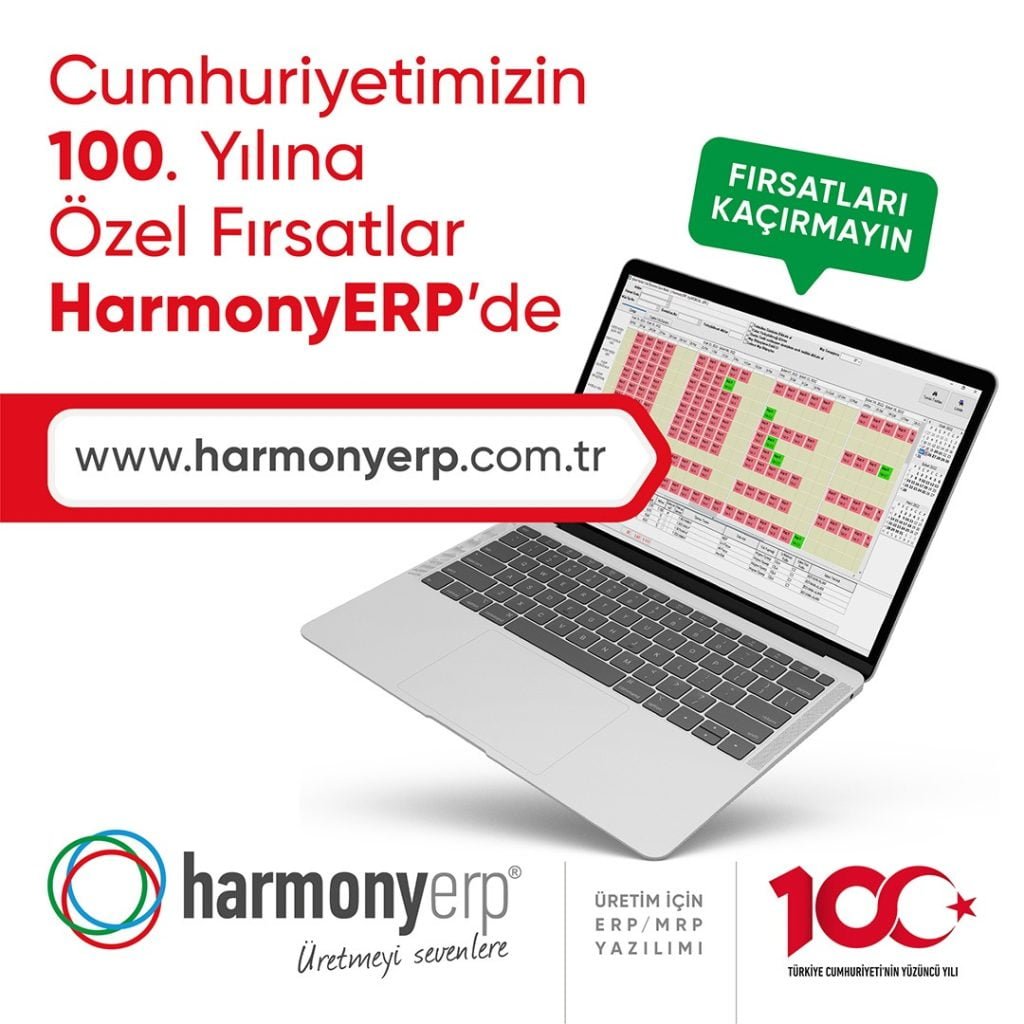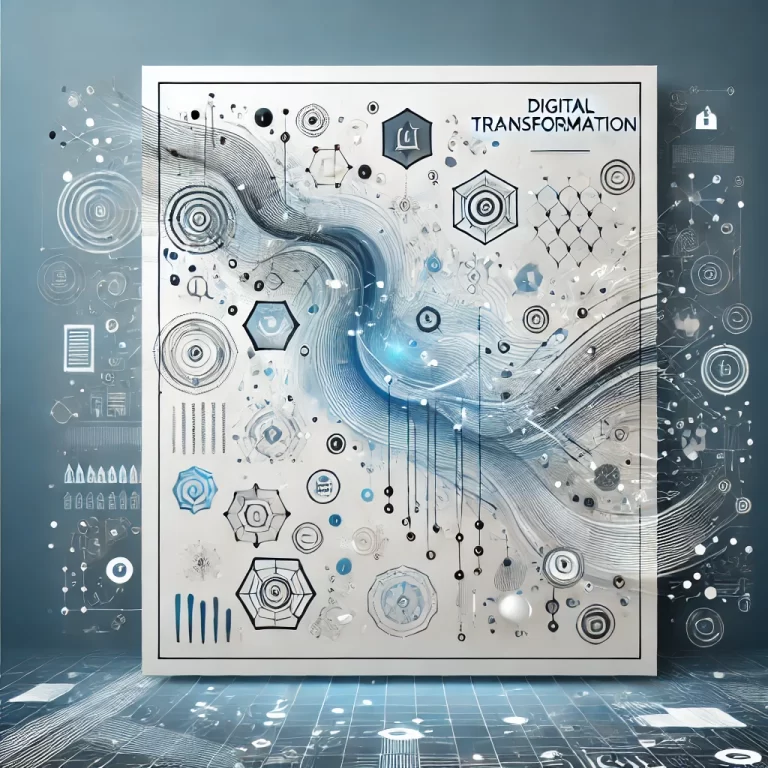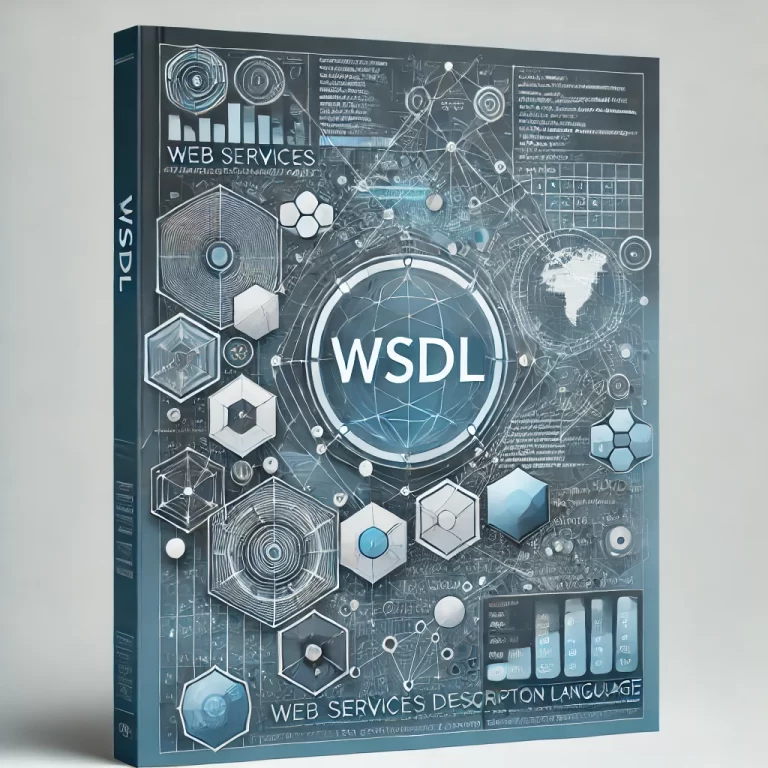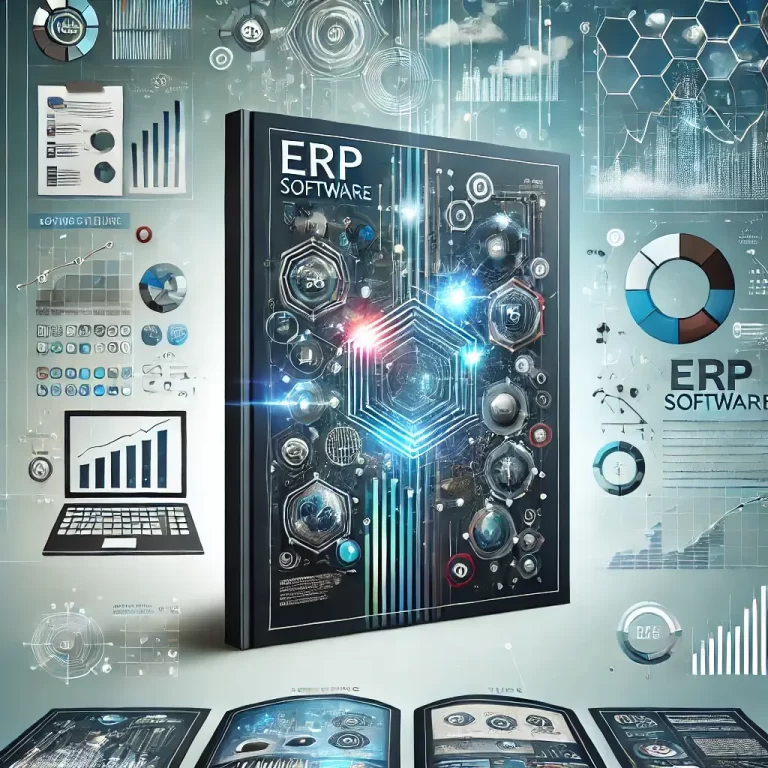What is SOAP?
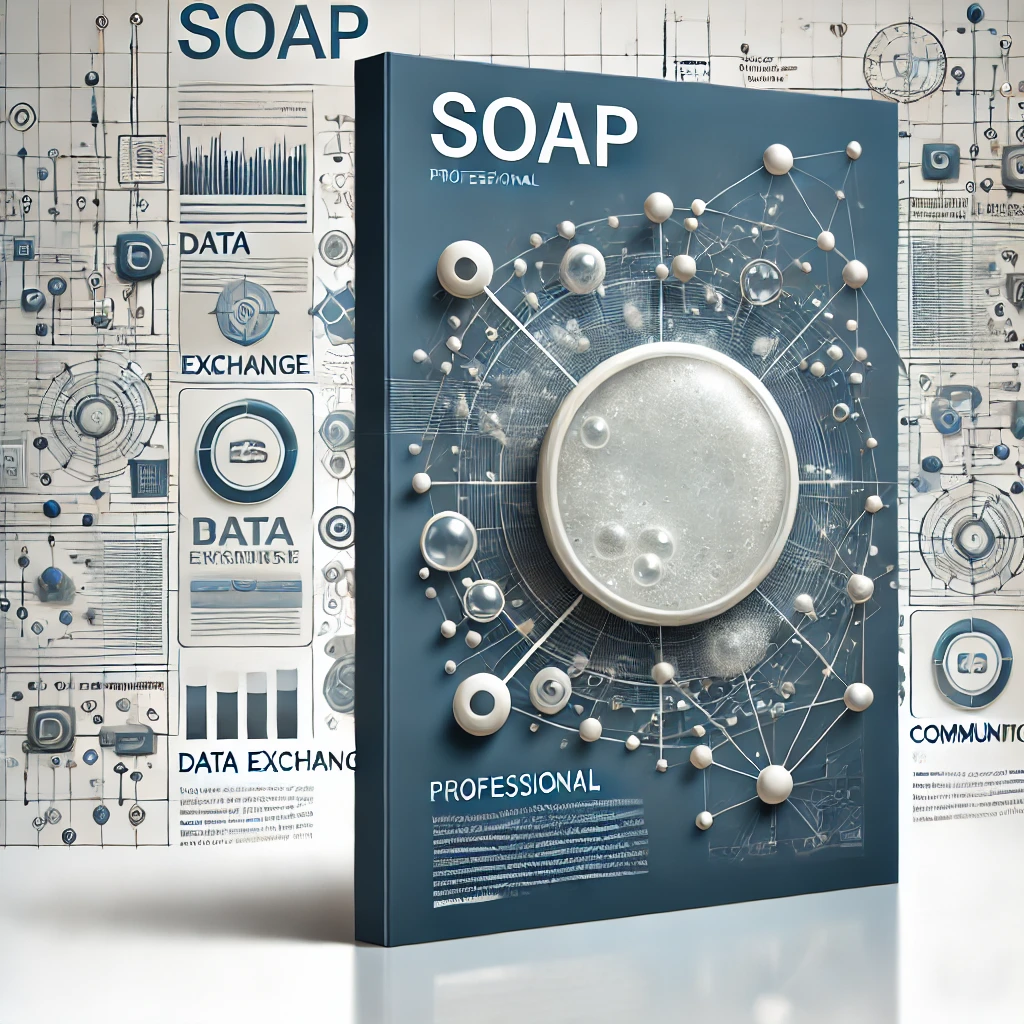
- Definition and Purpose of SOAP
- History of SOAP
- Basic Components of SOAP
- SOAP Request and Response
- SOAP Binding
- Features of SOAP
- Error Management
- Advantages of SOAP
- Disadvantages of SOAP
- SOAP and REST Comparison
- SOAP Use Cases
- Banking and Finance
- Health
- E-Commerce
- Government and Public Services
- Telecommunications
- The Future of SOAP
SOAP (Simple Object Access Protocol) stands for Simple Object Access Protocol and is a protocol that standardizes the exchange of information between web services. SOAP uses an XML-based messaging protocol to facilitate data transmission between different platforms and programming languages. In this article, we will give detailed information about what SOAP is, how it works, its features, advantages, disadvantages and usage areas.
Definition and Purpose of SOAP
SOAP is an XML-based messaging protocol for sending and receiving data over various network protocols. It was developed to standardize communication between web services. The main purpose of SOAP is to facilitate data exchange between different programming languages and platforms. This makes it possible for heterogeneous systems to communicate seamlessly with each other.
History of SOAP
SOAP was first developed by Microsoft in 1998 and later standardized by the World Wide Web Consortium (W3C). The first version of SOAP was called 1.0 and it was developed over time and versions 1.1 and 1.2 were released. Today SOAP has become a widely used protocol for web services.
Basic Components of SOAP
SOAP Message
SOAP messages are structured in XML format and consist of three main components: envelope, header and body.
- Envelope: The root element of the SOAP message and determines the beginning and end of the message.
- Header: This is an optional component and contains additional information about the message. It can include information such as security, routing and process management.
- Body: Carries the main content of the message and usually contains data such as calls to action or responses.
SOAP Request and Response
SOAP is based on the client-server model and enables the exchange of information between both parties. A SOAP request is a message sent from the client to the server and contains information needed to perform a specific operation. The server processes the request and generates a SOAP response, which is sent back to the client.
SOAP Binding
SOAP supports data transmission over various network protocols. The most commonly used protocols are HTTP and HTTPS. SOAP binding defines how a SOAP message is transmitted over a specific protocol.
Features of SOAP
XML Based
SOAP is an XML-based protocol and is therefore platform independent. XML is a flexible and common language for describing data structure, making it easy to transmit SOAP messages between various systems.
Standardized Protocol
SOAP is a protocol standardized by the W3C. This standard enables interoperability of different systems and applications.
Security
SOAP offers security features. WS-Security standards can be used to enhance the security of SOAP messages. These standards include encryption and authentication of messages.
Error Management
SOAP offers built-in support for fault management. The SOAP Fault element is used to indicate error conditions in a SOAP message. This element contains the cause and details of the error.
Advantages of SOAP
Platform and Language Independence
SOAP is platform and programming language independent because it is XML-based. This ensures interoperability of different systems and applications.
Security
SOAP supports security standards and enables secure data transmission. WS-Security standards enable encryption and authentication of SOAP messages.
Standardized Structure
SOAP is a protocol standardized by the W3C and has gained wide acceptance. Having a standardized structure increases the interoperability of various systems.
Error Management
SOAP provides built-in error management features. The SOAP Fault element is used to specify and provide details of error conditions.
Disadvantages of SOAP
Complexity
SOAP is a very complex protocol. The message format and communication processes are more complex compared to other protocols. This complexity can increase implementation and maintenance costs.
Performance
SOAP messages are usually large in size because they are in XML format. This can lead to performance problems in data transmission. Especially when transmitting large data sets, the performance of SOAP can be degraded.
Overload
SOAP can overload messages with additional information and security features. This can increase network traffic and result in greater utilization of system resources.
SOAP and REST Comparison
Architecture
SOAP has an architecture based on a specific protocol and standards. It is XML-based and usually supports additional standards such as WS-Security. REST has a lighter architecture and uses the HTTP protocol. It can transmit data in JSON, XML or other formats.
Ease of Use
SOAP has a more complex structure and is more difficult to implement. Especially additional features such as security and error handling increase the complexity. REST has a simpler and lighter structure. It transmits data using HTTP methods (GET, POST, PUT, DELETE) and is therefore easier to implement.
Performance
SOAP generally has lower performance due to the large size of XML messages. It can increase network traffic and increase data transmission time. REST offers higher performance by using lighter data formats such as JSON. Data transmission is faster and network traffic is less.
SOAP Use Cases
Banking and Finance
SOAP is widely used in the banking and finance industry. Its security features and standards ensure the secure transmission of financial data. Banks use SOAP in various applications such as payment processing, account management and customer service.
Health
SOAP also plays an important role in the healthcare industry. SOAP is used for the secure transmission and storage of health data. Electronic health records (EHR) and patient information systems exchange data with the SOAP protocol.
E-Commerce
E-commerce platforms use SOAP for operations such as payment processing, inventory management and order tracking. SOAP’s security and error handling features ensure that e-commerce applications are secure and reliable.
Government and Public Services
Public services and government applications use the SOAP protocol for data exchange and integration. Citizen services, tax systems and other public services use systems integrated with SOAP.
Telecommunications
In the telecommunications industry, SOAP is used for applications such as customer service, billing and network management. SOAP enables these applications to run securely and efficiently.
The Future of SOAP
SOAP remains an important protocol for web services and data transmission. However, with the emergence of more lightweight and performant alternatives such as REST, it may take a back seat in some use cases. Nevertheless, SOAP’s security, error handling and standardized structure make it especially preferred in applications that require critical and secure data transmission.
In the future, SOAP is expected to continue to play an important role, especially in sectors such as banking, healthcare and utilities. Furthermore, SOAP’s security and error management features can facilitate its integration with new technologies and can be used to enable more secure data transmission.
SOAP is an XML-based protocol that plays a critical role for data transmission and integration between web services. Thanks to its security, error handling and standardized structure, it is widely used in areas such as banking, healthcare, e-commerce and public services. However, SOAP’s complexity and performance issues have led some use cases to prefer lighterweight alternatives such as REST.
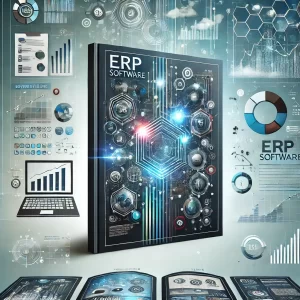
Previous Post
How ERP Software Improves Your Business Performance?
Next Post
What is WSDL?
